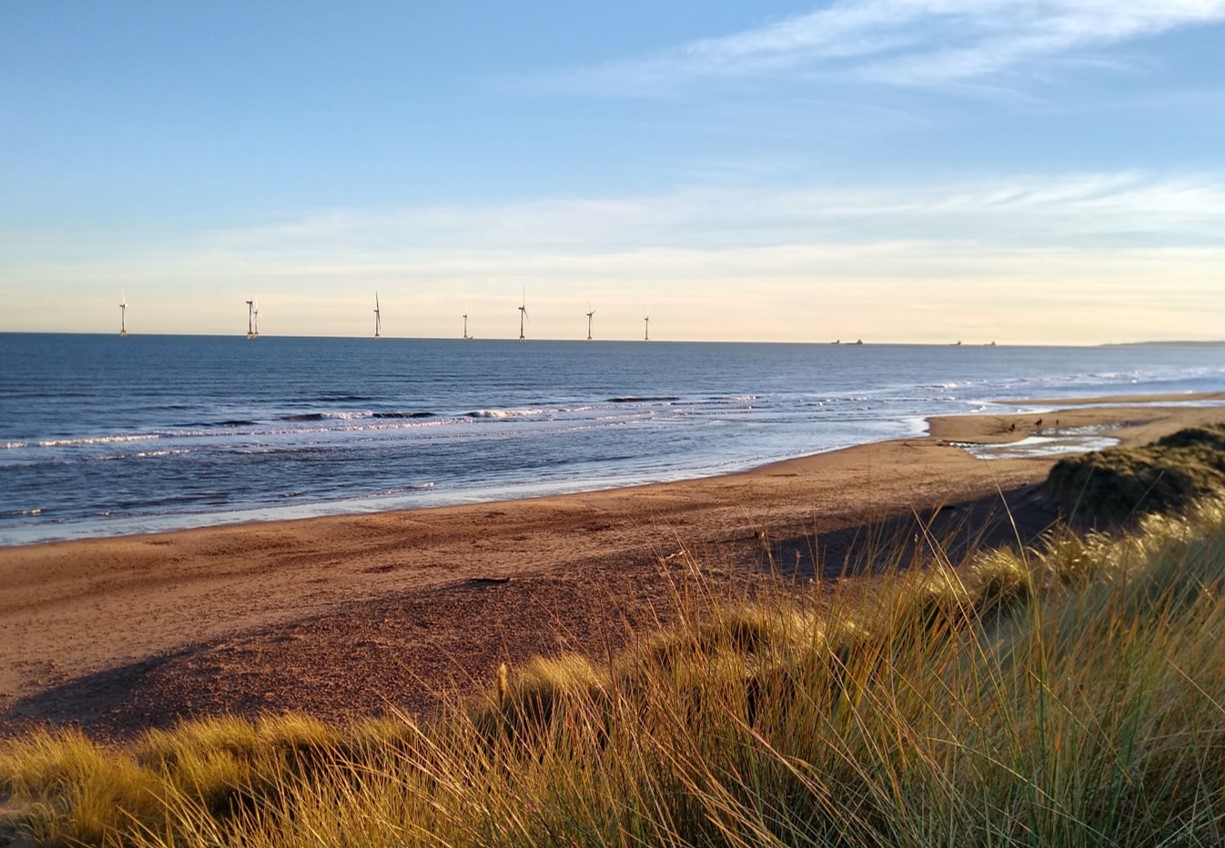In 2015, when I carried out a small project that involved looking at composite logs from UKCS wells, I visited the OGA office near the Aberdeen railway station and spent hours looking at micro fiche slides, with often my head turned 90 degrees to decipher the depths and gamma-ray logs properly.
Six years later, virtually all composite well logs from around 12,000 offshore exploration, appraisal and development wells are now downloadable with the click of a button, for anyone anywhere in the world.
If that is not progress, what is?
Yesterday saw another milestone in the journey towards better access to an ever-increasing amount of subsurface data: the launch of an entirely new version of the UK National Data Repository.
A quick recap – in 2019 the NDR was first launched, as the successor of the well-known CDA portal. This was a big step forward already, because subsurface data – from well logs to seismic – became available not only for “paying members” but for anyone. However, besides a colour change of the online portal, the overall look and feel and data download processes stayed the same.
Only a bit more than two years later, a completely revamped version of the NDR has now been launched, which means a complete overhaul of data storage, data presentation and download capacity. The entire database is now cloud-based, with help from companies such as Osokey and Moveout Data who have done a lot of work in order to quality control legacy seismic data and make it available and viewable through the online platform.
As Andy Samuel – Chief Executive of the OGA – said during the launch event yesterday, 4,000 TB are still to be added to the platform, indicating the continuing process of making more data available. Seismic will probably be a big part of this, as it is a memory-heavy type of data and in the “old” NDR a lot of legacy seismic lines were not available yet.
Who are the users of the data?
It is clear that access to subsurface data on the UKCS has made a big step forward when looking back only five to six years. But who will actually use the data?
Listening to the panel of invited speakers and the OGA representatives during the webinar yesterday, it seemed that only carbon capture and storage, hydrogen storage, offshore wind developments and overall academic research are to benefit from the new platform. True, this introductory document issued by the OGA does mention that “the insight offered by the NDR will help to facilitate decision-making and reduce risk, and both extend traditional activity in the UKCS and encourage investment in new CCS projects.”
However, it was only Professor John Underhill from Heriot-Watt University who said: “Continued exploration in order to sustain a level of indigenous oil and gas production with a relatively small carbon footprint.”
A difficult position
It is the ultimate reflection of the difficult position the OGA finds itself in: a very prominent political and public lobby against continuation of oil and gas exploration versus a quieter voice saying that the UK cannot switch off its dependence on hydrocarbons in a few years time. The upcoming COP26 Conference and the emerging public debate on the approval of the Cambo field for development has only exposed this discussion more.
But surely, the OGA – the Oil and Gas Authority – cannot completely disappear behind a curtain of CCS, hydrogen and wind? Despite all the talk and progress made, not a single CCS or hydrogen project is yet in operation. What may need more emphasis in the discussion around the energy transition is the simple fact that UK indigenous hydrocarbon production is declining through depletion of reservoirs anyway.
With that in mind, the OGA may make a stronger case for it to be entirely legitimate to continue oil and gas exploration, especially because the volumes that tend to be found are generally so small that it is really about arresting a natural decline rather than reversing it.
There is no need for sitting in uncomfortable positions any more in order to look at a composite log with a micro fiche projector. Let’s hope that the incredibly valuable and unrivalled NDR data portal will be used by the whole spectrum of energy supply stakeholders in order to facilitate and ground-truth a realistic transition towards Net Zero and a market dominated by renewables over the decades to come without losing the oil and gas sector out of sight.
HENK KOMBRINK
See also this OGA press release around the launch event that took place yesterday.





